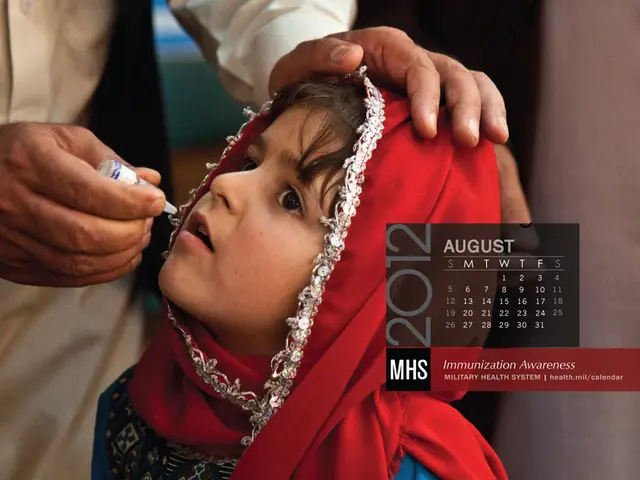Distinguishing Age Spots from Skin Cancer: Essential Guide to Recognition Differences
Hey there! Let's talk about skin conditions, specifically age spots, skin cancer, and actinic keratosis. These three can look somewhat similar, but there are differences that help you tell them apart.
Age Spots, often referred to as solar lentigines or liver spots, are dark patches on your skin that are generally harmless. They're usually flat, smooth, and appear on sun-exposed areas like the face, hands, shoulders, and feet. Age spots are a natural part of aging and occur due to the body producing excessive melanin to protect the skin from UV radiation.
Skin Cancer, on the other hand, is a type of cancer that can develop on areas exposed to UV radiation, like the ones mentioned above. Unlike age spots, skin cancer is harmful and may spread to other parts of the body if left untreated. The three main types of skin cancer are basal cell carcinoma, squamous cell carcinoma, and melanoma. Actinic keratosis is a precancerous growth that's mistaken for an age spot, but it can turn into skin cancer if left untreated.
The symptoms for age spots and skin cancers are different. Age spot symptoms include defined borders, varying in size, smooth texture, and yellow, brown, or gray color. Skin cancer symptoms can include irregular shapes, multiple colors, changing size or shape, and possible pain, itching, oozing, or bleeding. If you notice any unusual changes in your skin, it's essential to contact a healthcare professional for a thorough examination.
Diagnosis is based on physical examination for age spots, but a skin biopsy might be required for skin cancer or actinic keratosis. Treatment for age spots is usually cosmetic through creams, chemical peels, or laser therapy. Skin cancer treatment varies depending on several factors, such as the type and stage of the cancer, but may include surgical removal, radiation therapy, or topical treatments.
It's crucial to pay attention to your skin and consult a doctor if you notice any new or changing growths. Early detection can make treatment easier and improve health outcomes. And remember, while age spots are generally harmless, it's always best to consult a professional for a proper diagnosis.
- Seniors may commonly develop age spots, which are generally harmless, but it's important to be aware of other skin conditions like cancer and actinic keratosis that might appear similar.
- In oncology, skin cancer is a serious concern, particularly in individuals with a history of UV radiation exposure, and it can develop into life-threatening conditions if not treated promptly.
- Dermatology plays a crucial role in the identification and treatment of skin-related medical conditions, such as melanoma, a type of skin cancer that requires immediate attention due to its potential to spread rapidly.
- Regular skin checks are integral to health-and-wellness routines, as they help in the early detection of skin-care issues like age spots and skin cancer, improving treatment outcomes.
- When it comes to skin care, it's essential to pay attention to skin-conditions like age spots and skin cancer, in addition to maintaining a proper skin-care regimen to protect against harmful UV radiation and potential skin damage.








